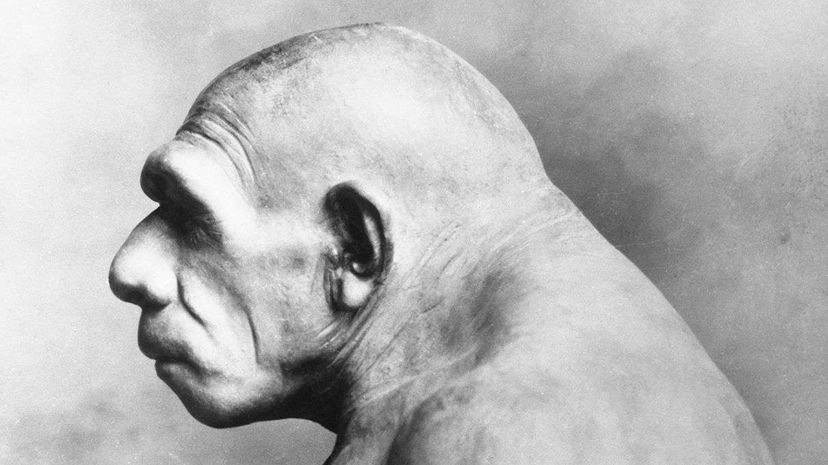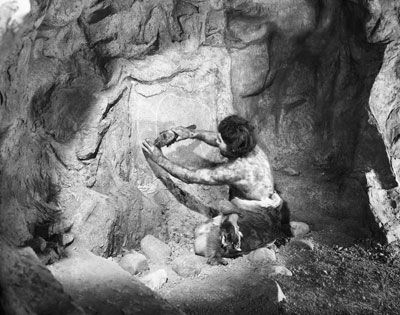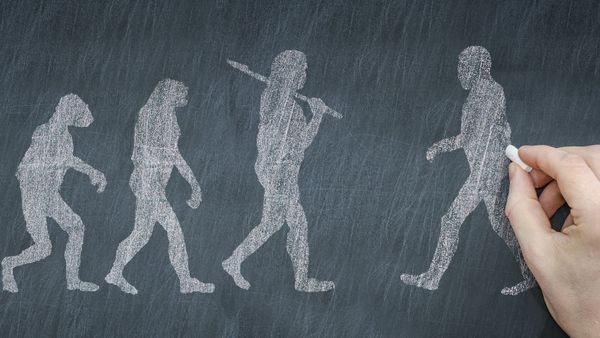
Early interactions between Homo sapiens and Neanderthals constitute one of humanity's first dealings with an intelligent species other than ourselves — something to keep in mind as we ponder futuristic first contacts with alien life.
Because things got a bit weird. We competed with the Neanderthals for resources, drove them into extinction, cannibalized their children and made necklaces out of their teeth. We also got it on with them. Our hominid bodies touched and so did our genes. Unfortunately for us, however, the Neanderthal genome was already crippled by inbreeding and mutation.
Advertisement
They were a dying species, after all, restricted to a smaller breeding pool that, according to geneticists Kelley Harris and Rasmus Nielsen, lessened the effectiveness of natural selection. This may have allowed "weakly harmful mutations" to survive elimination from the gene pool.
Then, between 50,000 and 100,000 years ago, humans expanded into Neanderthal country and helped themselves to some of those genes. Two distinct genomes became one, though Neanderthals' genetic contribution to non-African humans (African homo sapiens never made it to European Neanderthal territory) is uneven and, in many cases, minuscule. Bad Neanderthal genes, once introduced into the larger human population, would have largely vanished due to natural selective rigors.
In a study published in the journal GENETICS, Harris and Nielsen put these ideas to the test through the computer program SLiM (Simulating Evolution with Selection and Linkage) in order to simulate Neanderthal mutation accumulation and estimate the effect on human genomes.
The researchers determined that genetically compromised Neanderthals were 40 percent less likely to pass on their genes, but this period of interspecies lovemaking would have still resulted in a 10 percent invasion of Neanderthal gene sequences to the human genome. Over the millennia to follow, exclusively intraspecies breeding brought that percentage down to the modern 2 percent.
Most negative genetic attributes would have been lost within a few human generations, but Harris and Nielsen predict that interspecies breeding might have reduced non-African human reproductive fitness by an entire percentage point.
What's more, the plight of the dwindling, inbred Neanderthal may have a lot to teach us about endangered species on modern Earth. As we fight to save reduced populations of endangered creatures, the researchers suggest care in preventing these shrunken, inbred gene pools from contaminating close evolutionary cousins with their stagnant genetics.
Advertisement

